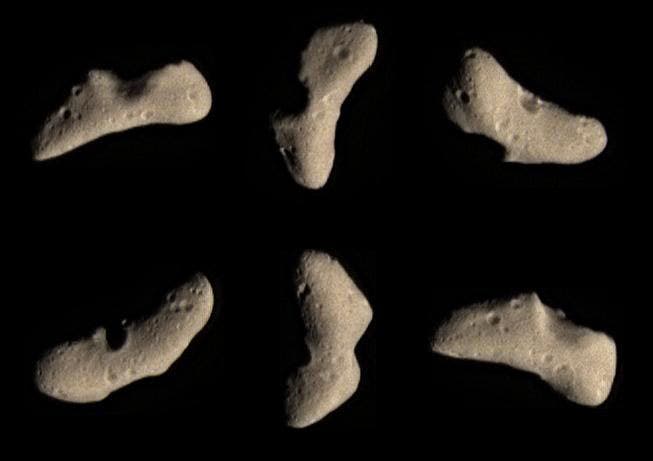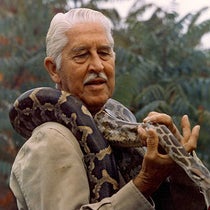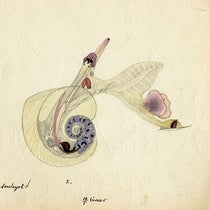Scientist of the Day - Eros
Eros, the Greek god of sensual love, was the son of Aphrodite and Ares, or, in some versions, was a primordial god, created by Chaos. As the son of Aphrodite, he was usually depicted as an adolescent boy, as in this Roman copy of a statue attributed to Lysippos (first image). Eros the god had little impact on the history of science until 1898, when an asteroid was discovered by a German astronomer and subsequently named Eros. The reasons for the name are not known, but in chosing it, considerable violence was done to tradition, as all previous asteroids had been named after women. Eros the asteroid was found to have an eccentric orbit, coming closer to Earth than most asteroids. Because of its regular proximity to Earth, 433 Eros (it now sports both a number and a name) was chosen by NASA as a good target for the first rendezvous between a spacecraft and an asteroid.
On Feb. 17, 1996, the NEAR spacecraft was launched by NASA. NEAR was an acronym for Near Earth Asteroid Rendezvous. The spacecraft was renamed NEAR-Shoemaker en route, to honor Eugene Shoemaker, a noted observational astronomer who died in 1997. NEAR took some images of another near-Earth asteroid, 253 Mathilde, in 1997, and then, on Feb. 14, 2000 - Valentine's Day - NEAR went into orbit around Eros, and took the first close-up images (third image). The original encounter had been scheduled for Jan. 10, 1999; one would hope that the change to Valentine's Day was intentional, with NASA showing some heart and a little puckish humor. This is rendered less likely by the fact that one year later, NEAR-Shoemaker actually landed on Eros, and the landing took place on Feb. 12, 2001. This was great if you were a fan of Abraham Lincoln or Charles Darwin, but it undershot Valentine's Day by two days - a cosmic opportunity missed and wasted, in our opinion.
Eros the asteroid is considerably less decorous than Eros the god, but it has its attractions, if you like slender sweet potatoes, which Eros more or less resembles (second and fourth images). Eros has a saddle, as its central bow is called, and several prominent craters, including one named Psyche, after the wife of Eros. The asteroid is about 21 miles long and 10 miles across. In comparison to Ceres (once an asteroid, now a dwarf planet) and 4 Vesta (fifth image), it is a mere peanut, an object that it also resembles.
And just for the record, the term asteroid has been replaced in modern parlance by the term "minor planet". We chose to stick with "asteroid" in this piece because that was the name in use at the time of the NEAR mission. Otherwise, it would have been called the NEMPR mission.
We searched long and hard this year for a Valentine's Day card that commemorates the mission to Eros and the Valentine's Day encounter. We failed. This post will have to do. Dr. William B. Ashworth, Jr., Consultant for the History of Science, Linda Hall Library and Associate Professor, Department of History, University of Missouri-Kansas City. Comments or corrections are welcome; please direct to ashworthw@umkc.edu.









